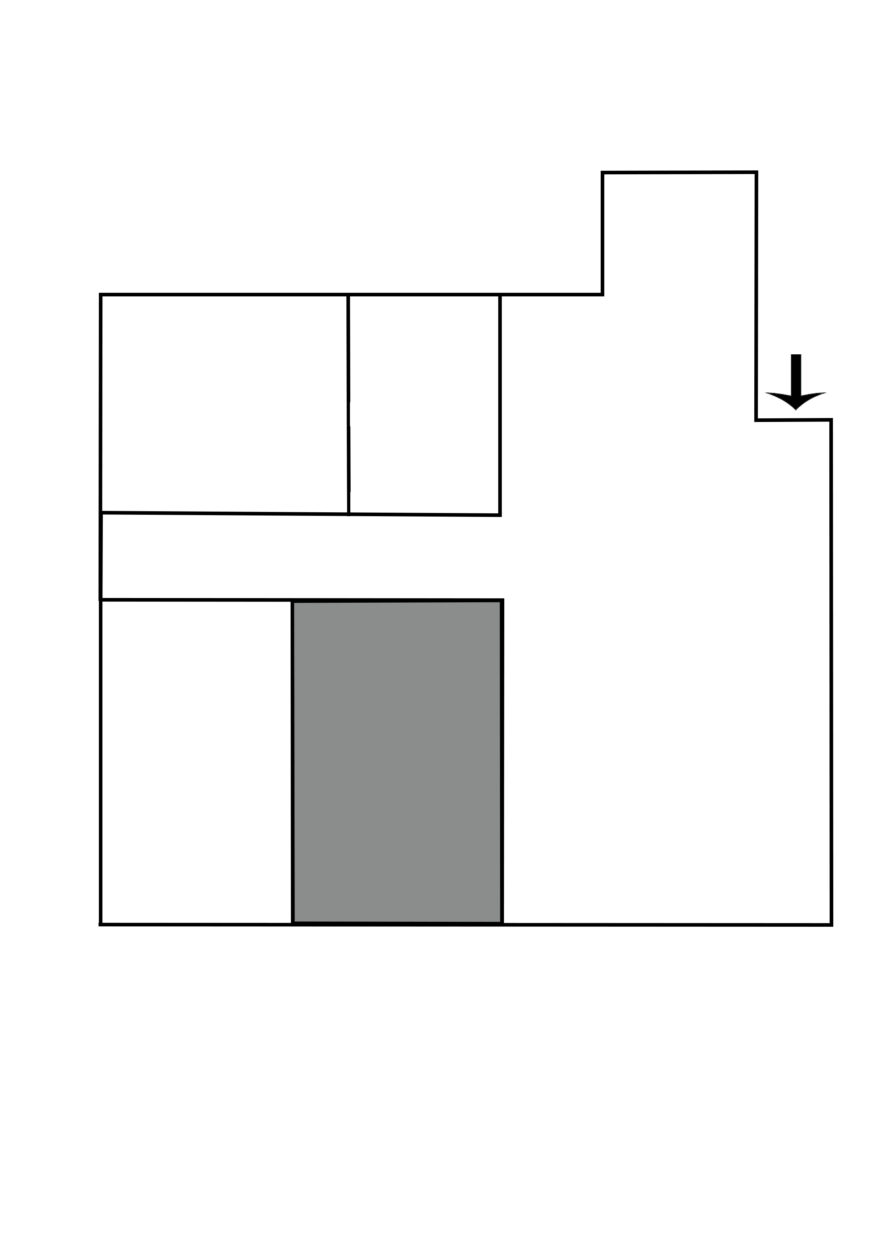This article investigates aging-in-place among seniors who live with caretakers, particularly domestic workers who immigrate to Israel from poorer countries. In recent decades, new apartment designs are intended for families with children. Drawing on Dolores Hayden’s (1980) ‘Non-Sexist City’, we expound on Non-Ageist architecture for the aging population and migrant caregivers. We examine how this kind of residence can include additional and vulnerable groups in the population, such as seniors and their caregivers. Our study explores the design of Tel Aviv Metropolis apartments. We argue that typical apartment design affects the ethics of everyday living. Following Michel de Certeau (2011), our research observes everyday behaviors and creative tactics through which seniors and caregivers re-appropriate shared living space. Most seniors house caretakers in a room within the bedroom area of the apartment, for instance, while others use a separate room by the entrance. These practices point to hierarchy and equality as spatial aspects of typical apartments’ layout and their effect on their usage by seniors and caregivers. Our research explores the potential of a planning proposal—dividing the seniors’ apartment into a primary apartment and a secondary unit—suggested by the inter-ministerial government team in the National Housing Headquarters and by the Israeli Affordable Housing Center, an academic-social organization. We argue this division could enable better housing solutions for shared residency. Thus, the article combines qualitative research of residence in old age with analysis of the role of social values such as equality, autonomy, inclusion, affordability and communal values in old-age housing and care.
